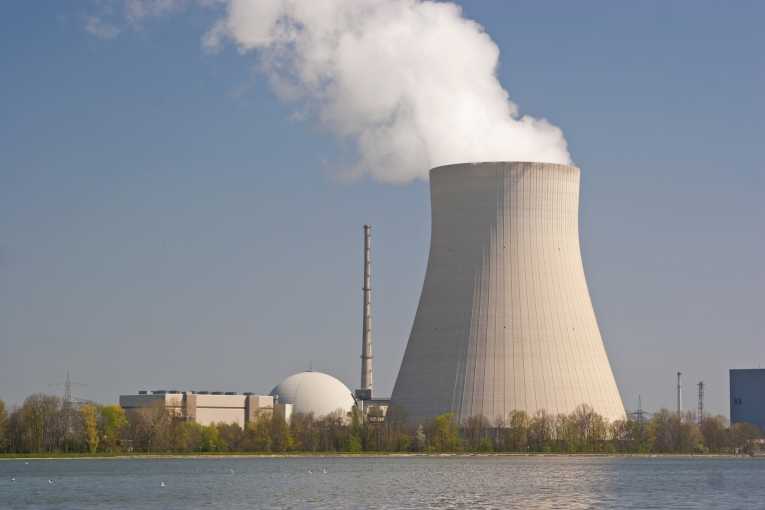The proposed regulations have three parts. First, facilities withdrawing more than 2 million gallons per day (MGD) would be subject to a limit on the number of fish deaths associated with impingement on intake structures.
The facility would determine the best technology to meet the limit. Second, facilities withdrawing more than 125 MGD would be required to develop studies to support the permitting authorities in making a decision about what technologies would be required to limit fish kills. Finally, facilities that implement upgrades that add electrical generation capacity would be required to add closed loop cooling technology, enabling cooling water recycling and reducing withdrawals.
Industry claims that the proposal, which would impact 60 existing nuclear power plants, could shut down plants due to compliance costs, which EPA estimates to be $384 million per year. Environmental groups, on the other hand, think EPA didn't do enough, in that standards must be established and enforced by the states, which often don't have the resources or will to stand up to industry.A key issue is that many power plants have what's called once through cooling systems, in which water is withdrawn from a waterbody, pumped into the plant for cooling purposes, and then discharged to a waterbody. This practice requires the withdrawal of large volumes of water and therefore the impingement of significant quantities of aquatic organisms. The United States Geological survey estimates that 49% of total water withdrawals in the US is attributable to thermoelectric generation.
EPA's proposal to set limits on fish kills may require that facilities implement closed loop cooling technology, which allows cooling water to be recycled multiple times within the plant, reducing withdrawals and impingement. The technology has been around for decades.
The proposal for a national water intake policy has been preceded by state action, in recognition of local water-related impacts. California has adopted regulations requiring power plants within the state to phase out their once through systems and retrofit with closed loop technology. Though not going so far as to set regulations, New York denied permits to the Indian Point nuclear power plant due to its impacts on water quantity and quality associated with the old open loop cooling system. India Point claims the cost to comply would be over $1 billion and that the facility would need to close for nearly a year during construction.
The 90 public comment period for the proposed regulations closes July 19, and EPA is required to issue final regulations by July 27, 2012. A tough fight lies ahead. It could set the stage for how EPA will address the increasingly complex issue of balancing energy and water needs.










